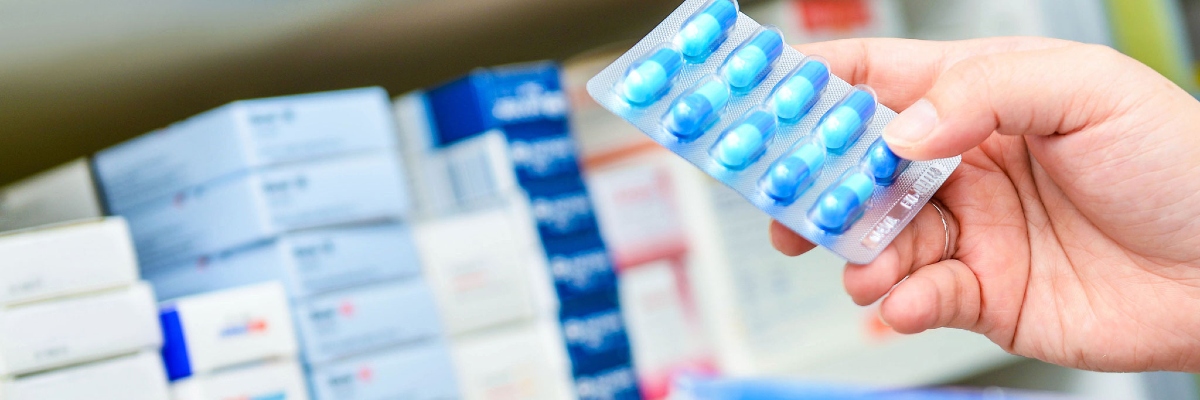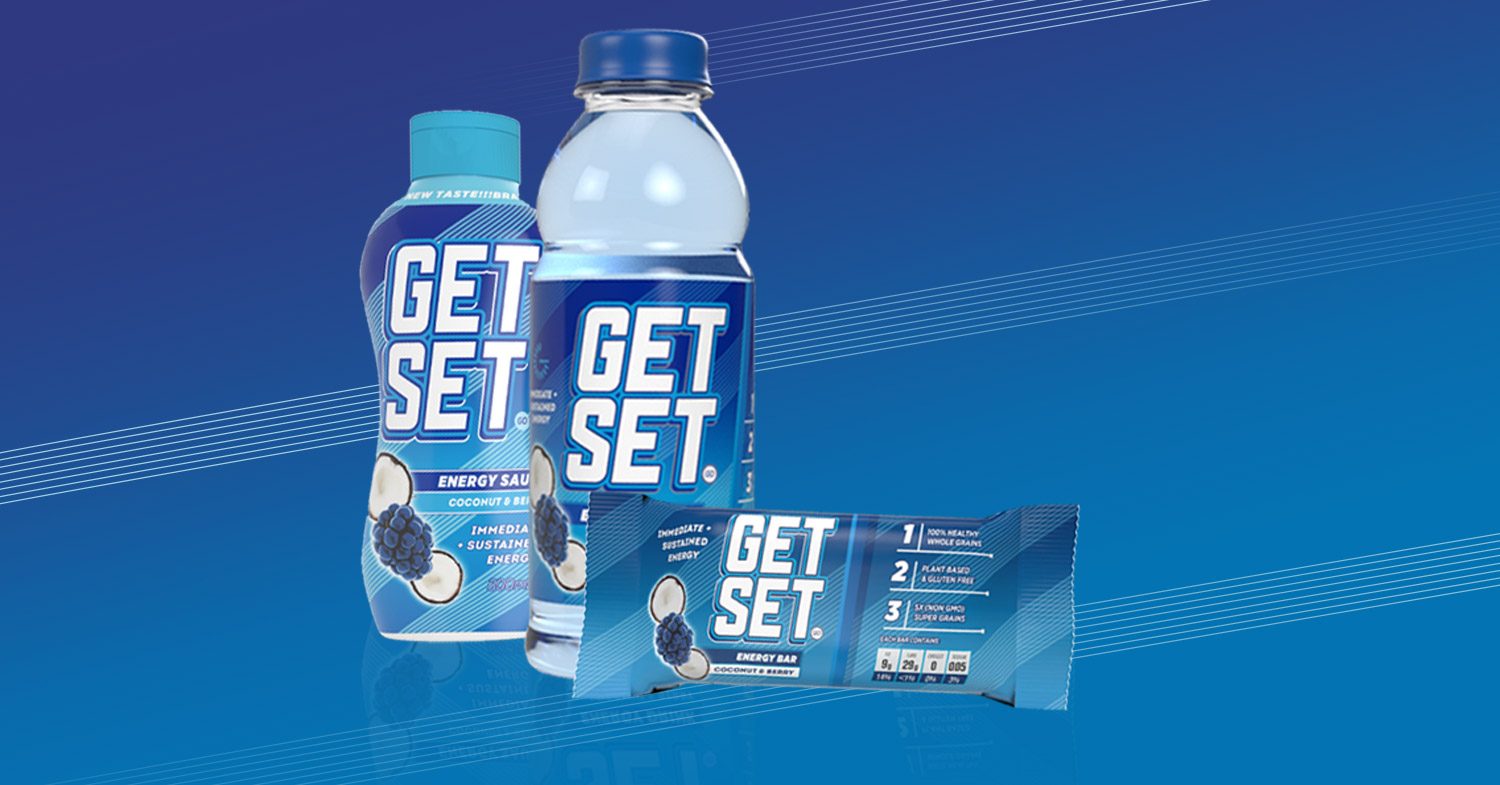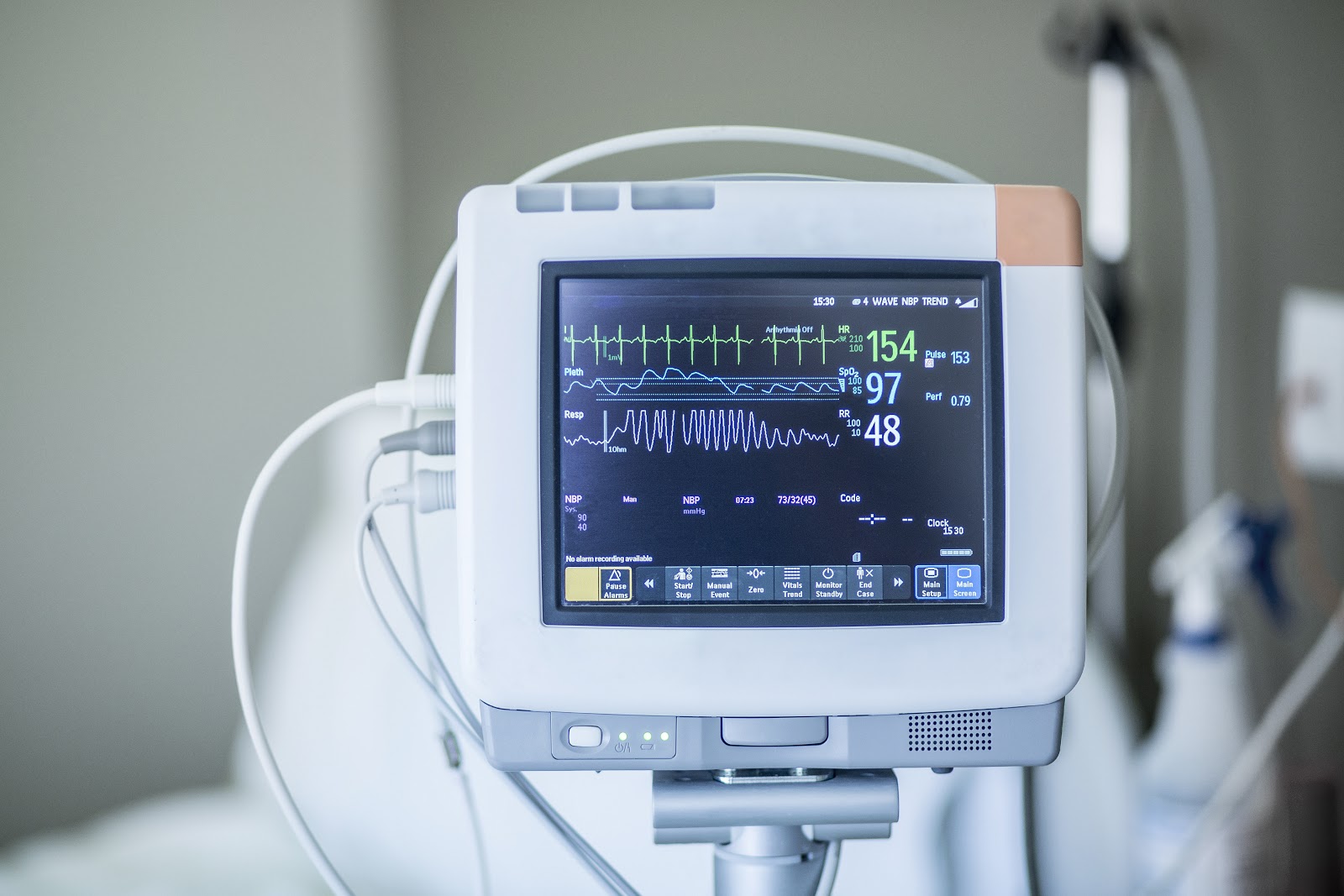2020 was full of changes that have led to an evolution in standards and preferences in packaging. This evolution is forcing FMCG companies to find ways to deftly adapt to new and emerging trends. But it’s not just a matter of keeping up – it’s a matter of having the right resources and technology to move at the pace of the consumer. In particular, the expedited growth in e-commerce means that the use of 3D and virtual technologies will be a defining factor for the packaging players who are successful in 2021.
E-Commerce Propels the Need for 3D
The growth of ecommerce has accelerated as consumers cut back on shopping in-stores and turn to online sources. Before the challenges of 2020, most companies anticipated growth in e-commerce and had begun a digital transformation. However, they weren’t prepared for the acceleration caused by the pandemic. In fact, a recent report claims that the COVID-19 pandemic accelerated the shift to e-commerce by 5 years. In the US alone, e-commerce sales have grown a record 44.4% in Q2 and 37% in Q3.
This dramatic rise in e-commerce has resulted in additional SKUs and put brands and suppliers under pressure for even more products, packaging, and images. Many retail companies require very specific product views in order to sell items through their websites. Brand teams have to ensure they’re creating the right amount of product and packaging images for each of their retail partners. In addition, they must provide their supply chain partners with files ready for physical production. Not only is there a high number of packaging files to manage, but many of them need to be updated periodically. Consider the fact that GS1 standards have been updated several times in 2020, meaning packaging and labels must comply. Companies need to be able to access existing files, update them in accordance with standards and preferences, and generate production-ready files and packshots. These steps are expected to be completed within tight deadlines and high-quality standards.
This has forced many companies to urgently seek out 3D tools and automation to enable speed-to-market or risk being left behind.
The Role of 3D in Packshots
Current methods for producing packshots are not financially stable or fast enough to meet demand. It can take days or weeks to create packshots, both through external agencies and internal teams.
However, using 3D to create the structure, label, and artwork for packaging presents an opportunity to use automation to render e-commerce-ready packshots in just minutes. This is called automated packshots.
Automated packshots allow brands to send the packaging files to supply chain partners for production while simultaneously creating packshots in seconds using the production files. This creates a digital twin of the product before the physical packaging has been produced. Utilizing advanced 3D technology, these packshots can be generated using optional backgrounds, shadows, floor reflections, and more.
Beyond E-Commerce
The digital twin created through automated packshots can be used for much more than e-commerce. It also provides the ability to send product packaging through approval cycles without the need to wait for a physical proof. Additionally, it allows photographers to use packshots in place of product photography. They can reallocate their time to creating effective lifestyle photos for their brand instead of wasting time waiting for physical samples, extra photo shoots, and touching up product photography.
The packshots can be used immediately for marketing through social media, paid advertising, corporate websites, and other digital platforms.
Preparing for Physical
While the trend is e-commerce, shoppers still go to physical stores and that could pick up again in the future. A digital twin enables companies to set up their products in virtual store environments and test the way consumers view and interact with the product and the package. This helps refine the design to make it more effective before sending it off to design.
2020 has proven that we never truly know what the future holds. There’s no doubt that using tools, such as 3D technology, allows companies to respond with agility to any challenge that lies ahead.










